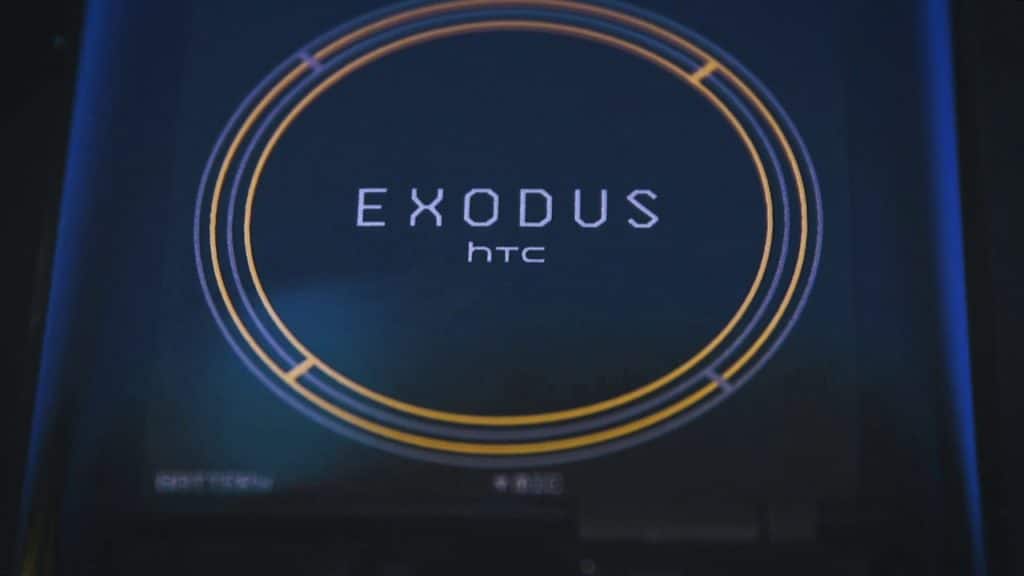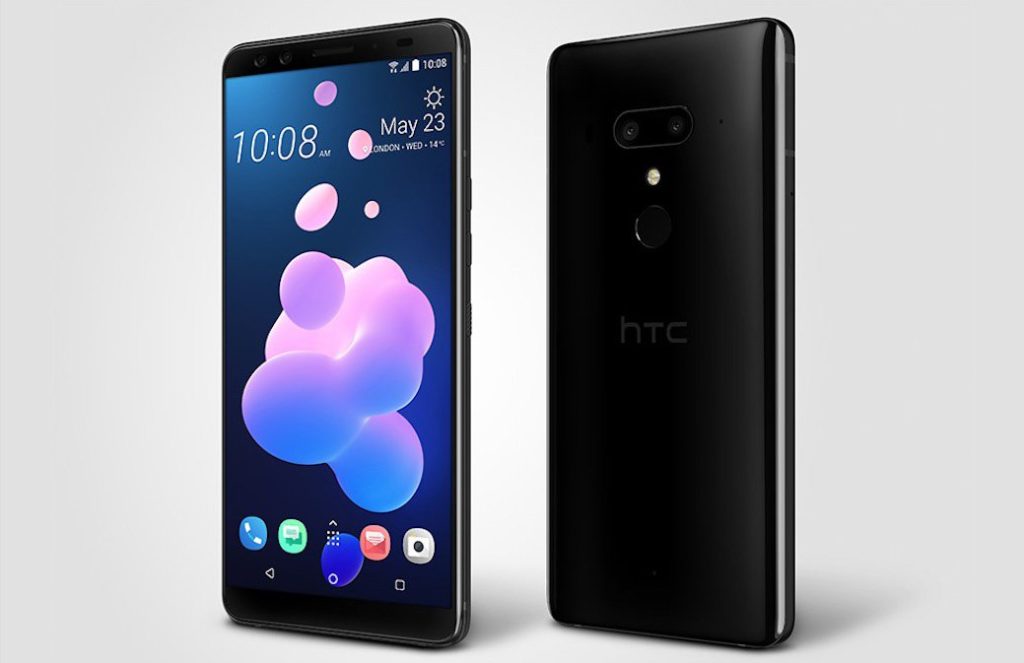
Yesterday, HTC launched its first flagship phone of 2016: the HTC 10. After the disastrous One M9 last year, HTC seems to have made an impressive comeback with the 10 this year. The handset is unarguably the most impressive flagship released by the company in the last few years, and is even better than the One M8 — HTC’s flagship handset from 2014 that is widely regarded as its best ‘One’ yet.
So, what exactly are the differences between the HTC One M8 and the HTC 10? Read below to find out.
Design & Dimensions
- While the HTC One M8 had chamfered edges, the 10 features a chamfered back as well
- The 10 is slightly thinner than the One M8 at its thickest point: 9mm vs. 9.35mm
- The 10 is slightly wider (71.9mm vs. 70.6mm) than the One M8, and it is shorter than it by less than 1 mm (145.9 vs. 146.36mm)
- Both phones weigh almost the same: 161g for the 10 compared to 160g for the One M8
- Both phones feature a metal unibody aluminium, but the one on the 10 should be able to withstand drops and dings better
- Gone are HTC’s iconic front-facing BoomSound stereo speaker grilles on the 10. Instead, the speaker at the top is now concealed inside the earpiece grille, while the second speaker has been moved to the bottom edge of the phone
- This leads to the 10 having a vastly better screen-to-body ratio at 71.3% (vs. 66.71% on the One M8)
- With the 10, HTC has gone back to capacitive navigation keys, while the One M8 features on-screen navigation keys
- The home button on the 10 also features a fingerprint scanner — a feature that was missing from the One M8
Display
- The 10 comes with a slightly larger 5.2-inch display while the One M8 packs in a 5-inch display
- The display on the 10 is also of higher resolution: Quad HD compared to the Full HD resolution display of the One M8
- The S-LCD 5 display on the 10 is among the best LCD panels available in the market right now. The One M8 in contrast used an IPS LCD display
Chipset, Connectivity & Battery
- The HTC 10 is powered by Qualcomm’s quad-core 64-bit Snapdragon 820 chipset that is clocked at up to 2.15GHz. In comparison, the Snapdragon 801 chipset found inside the One M8 is a 32-bit chip that is clocked at 2.5GHz
- Don’t be fooled by the faster clock speed of the S801 chipset, as the Snapdragon 820 chip is vastly superior to it in almost every way
- The 10 features an Adreno 530 GPU, while the One M8 uses an Adreno 330 GPU. The former is among the best mobile GPUs in the market right now, while the latter was among the best back in 2014, but is clearly insufficient in this day and age
- The 10 features 4GB of RAM, while the One M8 packs 2GB of RAM
- Both phones come with 32GB of internal storage and a microSD card slot, though HTC seems to be planning on offering a 64GB variant of the 10 as well
- The 10 features a USB Type-C port, while the One M8 sports a microUSB port
- The 10 features Bluetooth 4.1, while the One M8 supports Bluetooth 4.0
- The 10 supports faster LTE Cat. 12 for a maximum download speed of up to 600Mbps. The One M8 supports maximum LTE download speeds of up to 42.2Mbit/s
- HTC has used a 3,000mAh battery on the 10 with Quick Charge 3.0 support. The One M8, in comparison, uses a 2,600mAh battery with Quick Charge 2.0 support
Camera
Rear:
- Compared to the 4MP ‘UltraPixel’ sensor on the One M8, the 10 features a 12MP ‘UltraPixel 2’ sensor with OIS
- However, the phone lacks the secondary depth sensor that was found on the M8
- The 10’s camera sensor is paired with an F/1.8 lens that allows it to take in more light than the f/2.0 aperture lens found on the One M8
- The 10’s 12MP camera features 1.55um large individual pixels, while the One M8’s 4MP sensor features 2.0um big pixels
- For faster autofocus, the 10’s camera also features a second generation LaserAF sensor
- It is possible to shoot photos in RAW format out of the box on the 10. There is also a Pro mode in the camera app that allows one to control the shutter speed, ISO levels, exposure and more. In comparison, it is not possible to shoot photos in RAW format on the One M8 and its Pro mode does provide the same level of granular controls over the camera
- The camera sensor on the 10 is protected by a sapphire lens cover, while on the One M8, it is protected by a strengthened piece of glass that is prone to scratches
- The 10 can record videos in 4K resolution with Hi-Fi audio, which the One M8 is not capable of
Front:
- Both phones feature a 5MP selfie shooter in the front, but the one on the 10 features an f/1.8 aperture and optical image stabilisation
- The front camera on the 10 also features autofocus, HDR, and can record videos in up to Full HD resolution
- Like the iPhone 6s, the 10 also makes use of the screen as a flash in dimly lit conditions
Software
- Both phones run on Android 6.0 Marshmallow, but the 10 is running Sense 8.0
- The latest version of HTC’s skin comes with less bloatware and duplicate apps compared to previous versions of its skins
- The latest version of Sense also comes with a ‘Freestyle’ homescreen mode
What do you think about the 10? Will you be upgrading to the 10 from your One M8? Or are the changes not compelling enough for you?


















